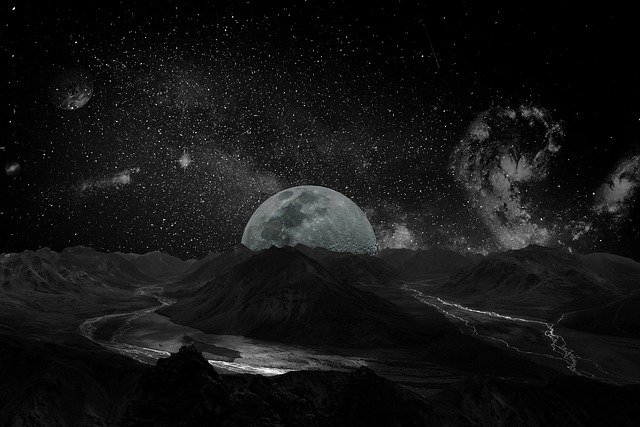Last August, rain fell for the first time at the peak of Greenland’s ice sheet, but this had little impact on ice melt compared with other effects
A weather station on the Greenland ice sheet
GEUS/ESA
When rain fell for the first time at the highest point of Greenland’s ice sheet last August, it marked a significant climate change milestone. But researchers have now revealed in unprecedented detail how an accompanying plume of hot air had a far bigger impact by melting snow, with the rain only playing a minor role.
The snow melt created a feedback loop by exposing darker ice, which absorbs more heat and causes more snow to melt in turn. Events like this will …

